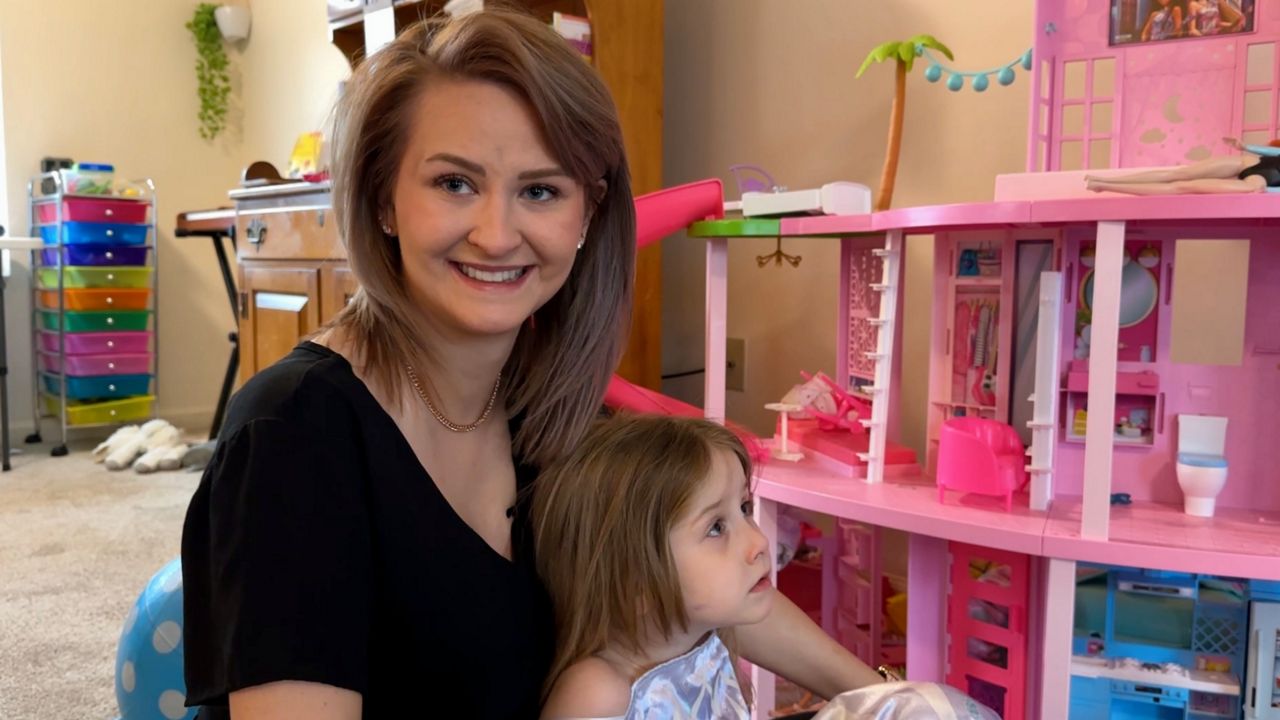HUDSON, Ohio — Behind the Dominion Energy building in Hudson, sits what’s being dubbed Hydrogen Heights.
Dominion is testing the blending of hydrogen and methane on gas appliances there.
“In each one of these units, we have gas appliances,” said Joshua Davis, project manager for Hydrogen Heights.
Hydrogen Heights is a mini village of structures in Hudson where Dominion Energy is testing the impact of blending hydrogen with natural gas to power appliances.
“When you burn hydrogen, a byproduct is water, H2O, that’s why hydrogen is important to lower our carbon footprint,” said Davis.
Adding the hydrogen to the system lowers the amount of carbon monoxide produced in the gas burning process.
The Hydrogen Heights project aims to blend 5% hydrogen with 95% methane. Five percent might sound like a small amount, but it makes a big impact.
“Say you have a residential setting and we’re blending at 5%. That could be equivalent to not driving your vehicle for six months,” explained Davis.
Dominion Energy has appliances of various ages and brands in their hydrogen village.
“The point of having different vintage of appliances is to ensure that as we blend on system in the future, that homeowners don’t have to change out appliances,” said Mac Smith, Gas Development services adviser. “The blended hydrogen gas and natural gas stream will work as efficiently as pure natural gas.”
The hydrogen system is a closed loop system; it does not connect to the larger power grid. The goal is to be ready to implement a 5% hydrogen and natural gas blend by 2030 into already existing infrastructure.
Hawai’i Gas is already blending up to 15% hydrogen into its natural gas. In Delta, Utah, Dominion Energy has another pilot project with 1800 homes using blended natural gas.
So the bottom line: is it safe?
“Hydrogen is safe. Blending is safe,” said Davis.
According to the Nation Renewable Energy Laboratory, blending hydrogen with methane at low amounts below 15% hydrogen does not “significantly increase risks.”
And it could just be the future of cleaner energy.










